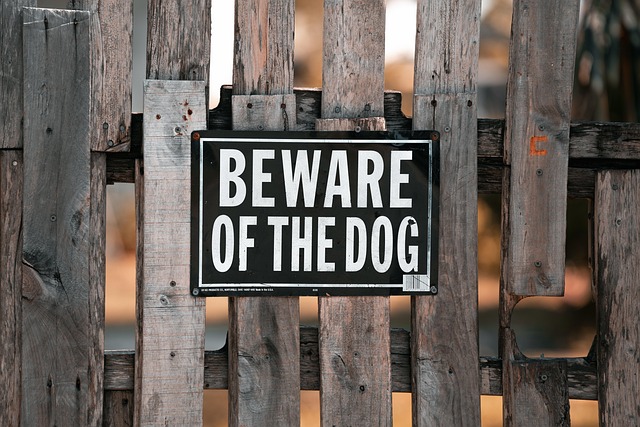Large properties present unique challenges when it comes to fencing, requiring durable yet cost-effective solutions that can cover extensive areas. This article guides homeowners through the process of selecting and installing fences suited to their needs and budget. From understanding specific large property requirements to exploring affordable materials and creative design options, we offer practical tips for long-lasting, beautiful, and economical fence installations. Additionally, installation and maintenance advice ensures your new fence stands the test of time.
- Understanding Large Property Fencing Needs
- Exploring Budget-Friendly Material Options
- Creative Design Solutions for Cost Savings
- Installation and Maintenance Tips for Longevity
Understanding Large Property Fencing Needs
Exploring Budget-Friendly Material Options
When it comes to fencing large properties, cost-effectiveness is a primary concern for many homeowners. One way to achieve this without compromising quality is by exploring budget-friendly material options. Wooden fences, long a popular choice, offer a range of affordable options, from pressure-treated pine to reclaimed wood. These materials not only provide good value but also blend well with natural landscapes.
Additionally, vinyl and composite fencing have gained popularity due to their durability and low maintenance requirements. Vinyl is particularly cost-effective as it requires minimal upkeep and is resistant to rot, rust, and damage from UV rays. Composite fences, made from a mix of wood fibers and plastic, offer an even more sustainable option, as they never need painting or staining. These materials can be easily installed and provide a long-lasting barrier for large properties without breaking the bank.
Creative Design Solutions for Cost Savings
Many homeowners on large properties often face a dilemma when it comes to fencing—balancing aesthetics with affordability. However, creative design solutions can significantly reduce costs without compromising visual appeal. One such approach is integrating natural elements like trees and shrubs into the fence design. By strategically placing these elements along the perimeter, not only do you create a more aesthetically pleasing landscape but also save on material costs.
Another cost-saving strategy involves choosing eco-friendly materials or recycled options. For instance, using recycled plastic or wood from sustainable sources can dramatically reduce expenses while promoting environmental responsibility. Additionally, innovative designs that incorporate vertical gardening or living fences not only offer privacy but also add a unique visual element, further enhancing the overall property value without breaking the bank.
Installation and Maintenance Tips for Longevity
When installing fencing for large properties, proper technique and high-quality materials are key to longevity. Begin by assessing the terrain and selecting suitable fencing types designed for robust performance in outdoor conditions. Ensure a solid foundation by preparing the ground appropriately and using reliable posts or walls anchored deeply into the earth. During installation, pay meticulous attention to alignment and level, as any missteps can lead to structural issues down the line.
Regular maintenance is equally vital. Inspect fences periodically for signs of wear, damage, or rot, addressing issues promptly to prevent escalation. Keep foliage and debris from accumulating on top, as this can weigh down the structure. Cleaning and re-oiling metal components, repainting or sealing wooden parts, and replacing worn-out sections will contribute significantly to maintaining the fence’s structural integrity and aesthetic appeal over time.
